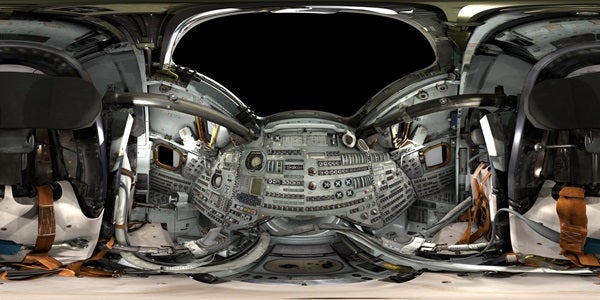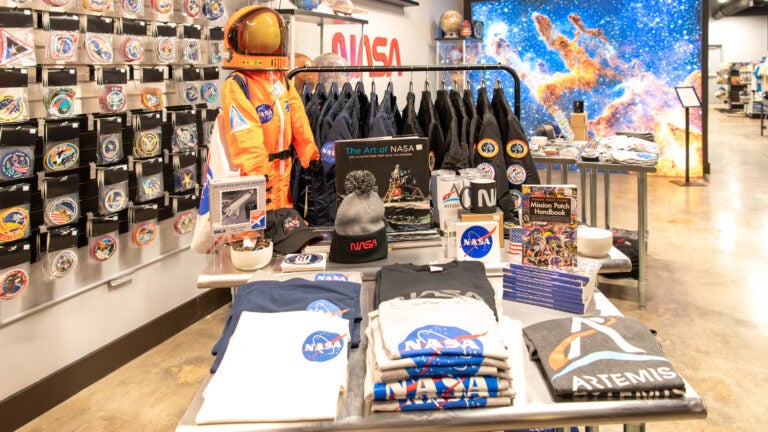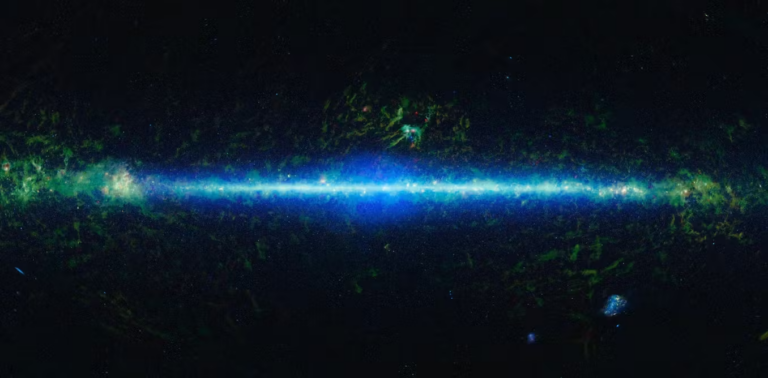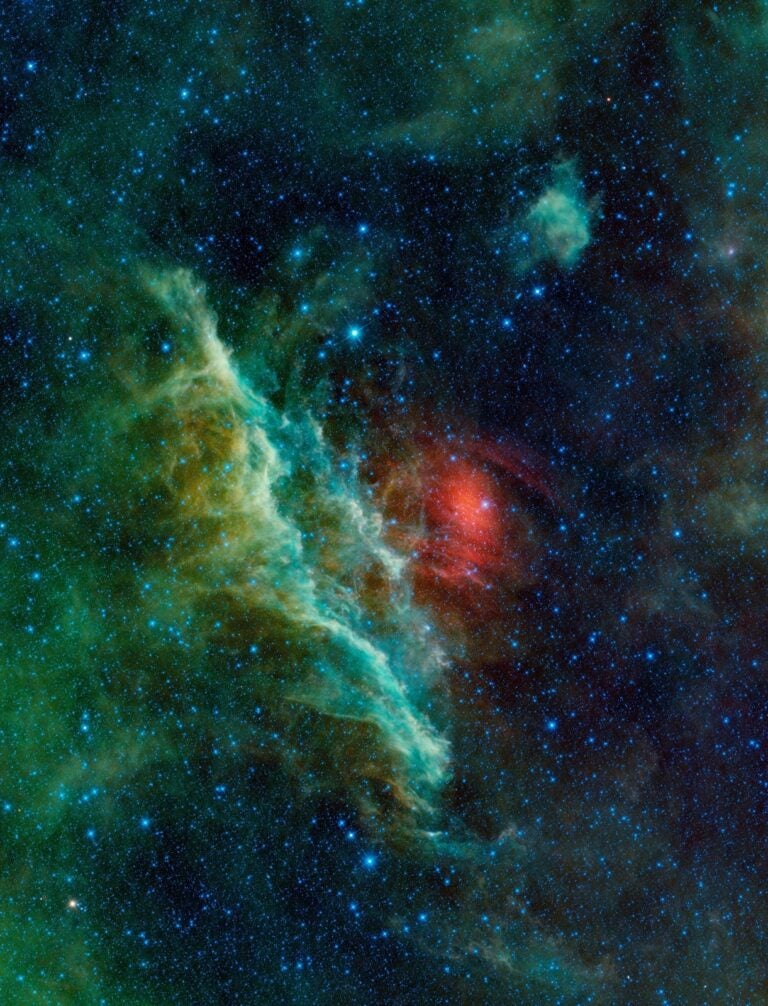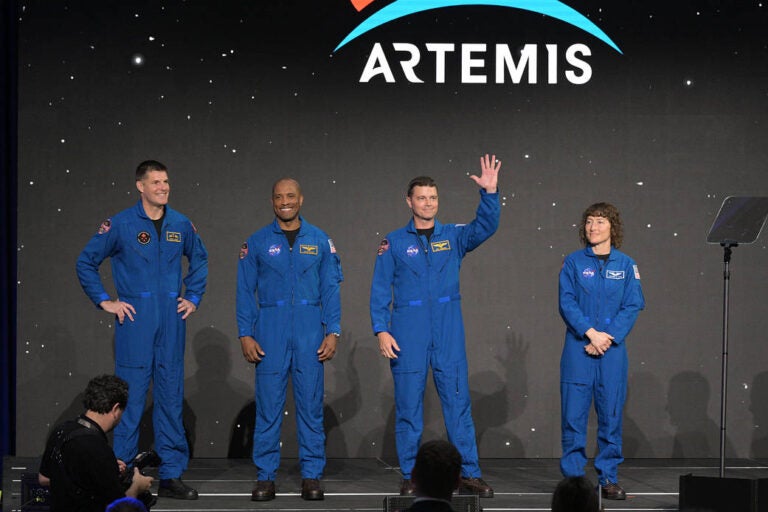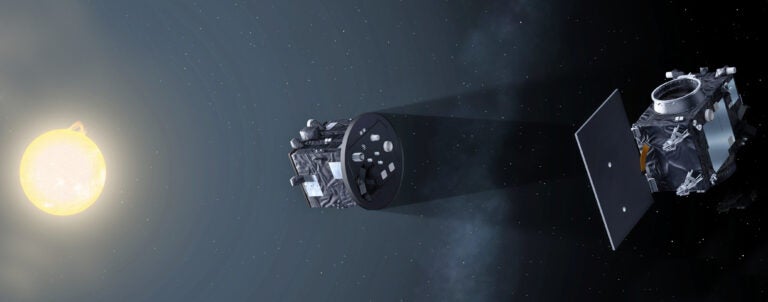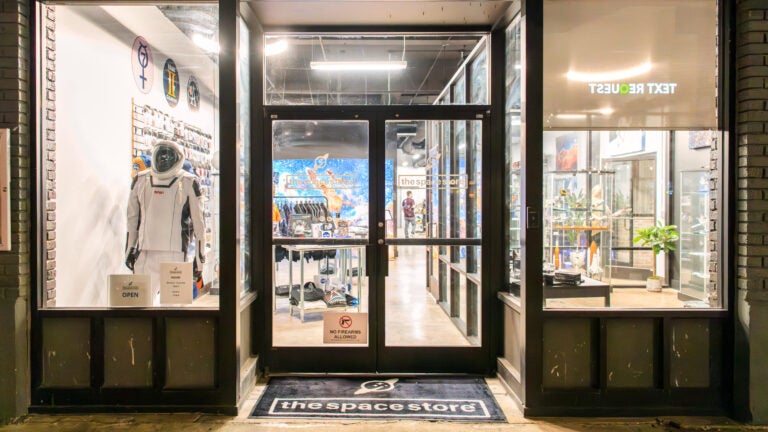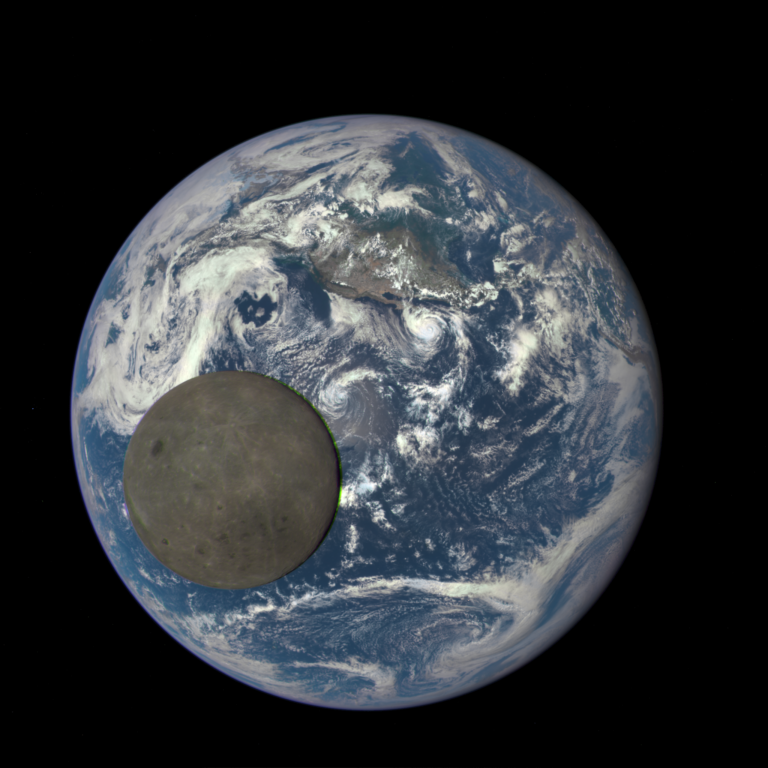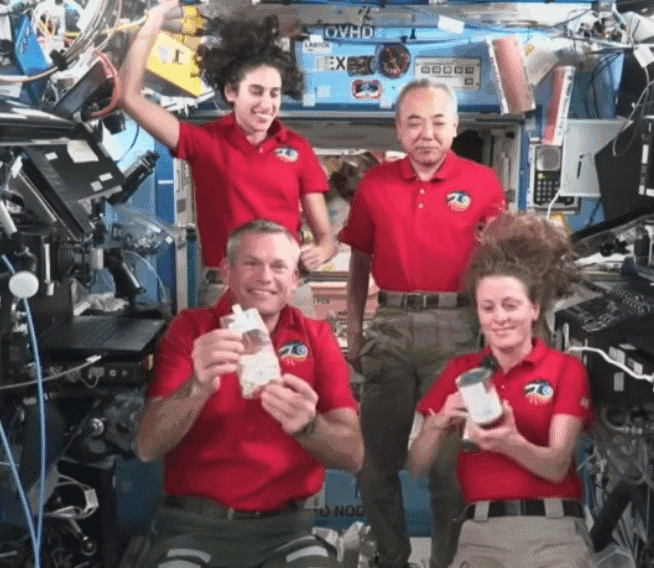To commemorate the 47th anniversary of the Apollo 11 moon landing, the Smithsonian Institute has created a high-resolution 3-D scan of the “Columbia”, the command module, which carried astronauts Neil Armstrong, Edwin “Buzz” Aldrin, and Michael Collins to the Moon.
The artifact can be viewed from the outside at the Smithsonian’s National Air and Space Museum, but not the interior where the astronauts flew. This highly detailed model available here, shows the intricate interior that cannot be seen at the museum.
The Smithsonian is also creating data files of the module so those that have access to a 3-D printer can print their own or view the entire module with virtual-reality goggles for an even more in depth view.
3-D scanning the entire command module with all its intricacies was not an easy task. There are many reflective surfaces that make the scanners not as effective. With many aspects of the module have very fine and delicate components, the scanners did not capture the detail in as high a quality as was needed. As this project became very complicated in nature, the 3-D team worked with its technology partner, Autodesk Inc., a cloud-based 3-D capable engineering software.
Autodesk created many tools just for this project, generated new algorithms for integrating sensor data from many sensors, and created the master 3-D model. After all the data was taken, the sensors took nearly 1 trillion high-resolution measurements and generated over a terabyte of data.
As the protective covering of the module had been removed only a few times since it was moved to the Smithsonian in 1971, the 3-D team was able to capture never before seen artifacts that still remained in the module after all these years.
During the scanning, the team rediscovered pieces of “astronaut graffiti” not known to the museum. Etched into the walls and instrument panels were numbers and information that was relayed from mission control. There was also a hand-drawn calendar with every day crossed out except the day of the landing. These details were put into the final 3-D model which will be featured in the “Destination Moon” exhibition slated to open at the National Air and Space Museum in 2020.
The goal of this new tool was to make museum collections more widely available for use and study to the public. The Smithsonian has many artifacts that have already been 3-D scanned that highlight different applications of 3-D capture and printing. These artifacts include the Wright Flyer, a sixth-century Buddha statue, a fossil whale, and remnants from the supernova Cassiopeia A which are available here.

